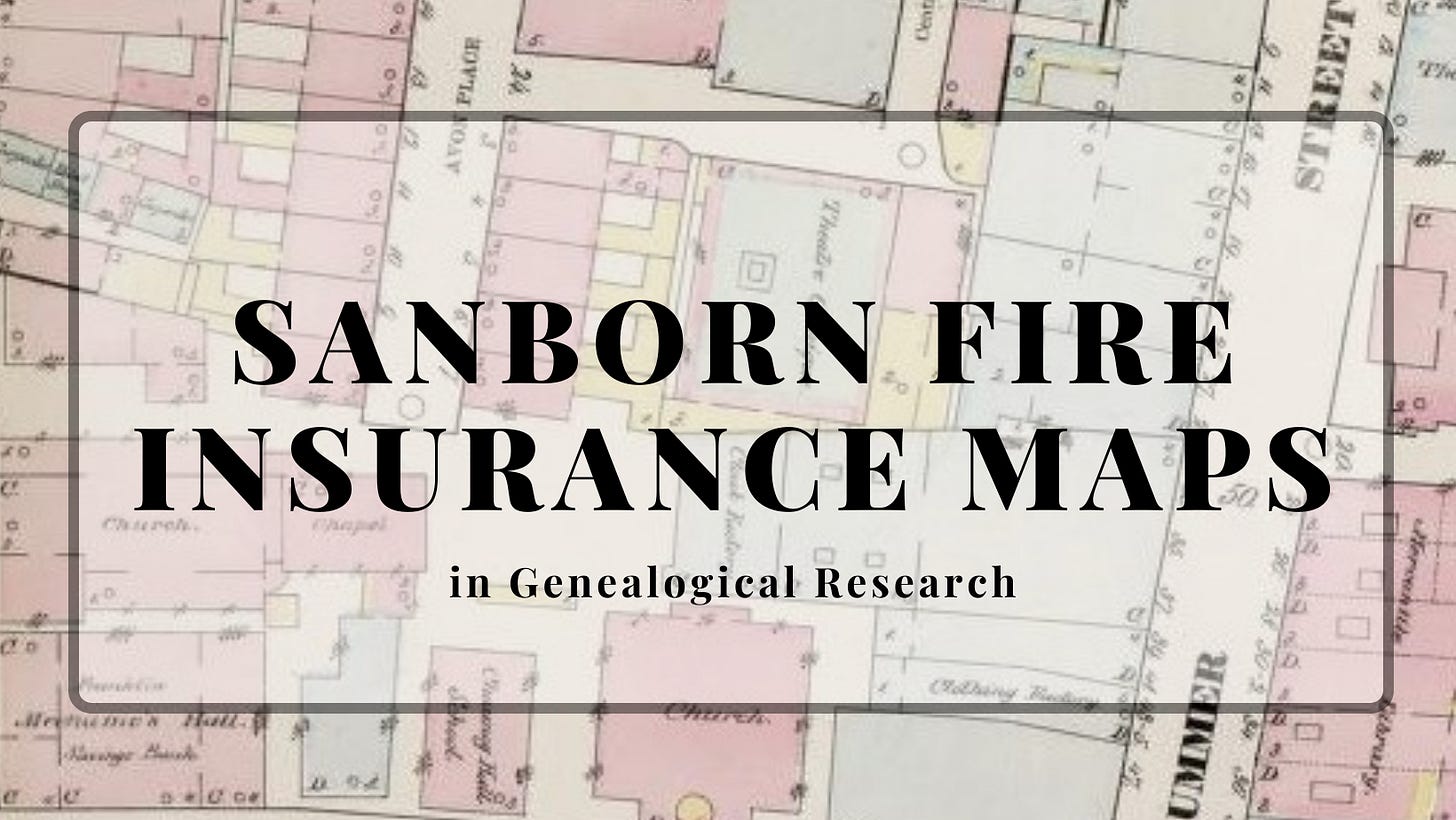How Buffett Turned a Dying Map Business into a Gold Mine
The little-known story of how Warren Buffett found millions hiding inside a failing map business—and rewrote the rules of investing forever
Most people run from a dying business.
Warren Buffett? He ran toward it and made a fortune.
Let me tell you how a struggling map company stuffed with forgotten assets became one of Buffett’s greatest early wins. This isn't just investing—it’s jiu-jitsu with numbers.
The boring little map business that wasn’t
Sanborn Map Company was the kind of business you’d swipe past on a stock screener. Old, dusty, and selling fire insurance maps to insurance companies. The kind of product you’d think only your grandpa could love.
Problem was, insurance companies didn’t love it anymore either.
A newer underwriting method called “carding” showed up and wrecked Sanborn’s moat. Profits tanked. Investors panicked. The stock price dropped like a rock—down to about $45 a share.
But Buffett wasn’t looking at the profit-and-loss statement. He was flipping to the balance sheet.
And what he saw made his eyes light up.
There was gold buried in the backyard
Sanborn had quietly built a fat portfolio of stocks and bonds over the years. No hype. No Wall Street buzz. Just slow, steady compounding.
By 1959, that investment portfolio was worth $65 a share.
Let that sink in: The stock traded at $45, but the investments alone were worth $65.
That meant the market was valuing the entire map business at negative $20 per share. In other words: the business was free—and you got paid to take it.
Talk about a margin of safety.
Buffett later explained: “In the tremendously more vigorous climate of 1958 the same map business was evaluated at a minus $20 with the buyer of the stock unwilling to pay more than 70 cents on the dollar for the investment portfolio with the map business thrown in for nothing.”
He couldn’t believe it. Buffett once wrote:
“The very fact that the investment portfolio had done so well served to minimize in the eyes of most directors the need for rejuvenation of the map business.”
So the investments were growing. The core business was dying. But nobody cared to fix the problem.
Except Buffett.
Buffett didn’t wait—he acted
He started scooping up shares. Quietly. Patiently. Then he got louder.
Eventually, Buffett and his allies effectively controlled 44% of Sanborn. And the board? It was full of insurance execs who owned almost no stock. They weren’t bad people—but they had no skin in the game. No reason to fix the mess.
Buffett wrote, “Prior to my entry on the Board, of the fourteen directors, nine were prominent men from the insurance industry who combined held 46 shares of stock out of 105,000 shares outstanding.”
Insiders were asleep. Buffett wasn’t.
He proposed a radical plan: break the company in two.
Spin off the investment portfolio and hand it back to shareholders.
Keep the map business running lean and simple.
Buffett wrote, “We hoped to separate the two businesses, realize the fair value of the investment portfolio and work to re-establish the earning power of the map business.”
The board resisted change. They didn’t want drama. Buffett didn’t care.
He had allies. And a plan. And enough equity to win.
Eventually, they gave in.
The result?
72% of shareholders took their payout in securities.
Buffett kept a tighter, cheaper version of the business.
He avoided huge capital gains taxes.
And made a killing in the process.
Buffett summed it up perfectly: “Our bread-and-butter business is buying undervalued securities and selling when the undervaluation is corrected... To the extent that partnership funds continue to grow, it is possible that more opportunities will be available in ‘control situations.’”
This wasn’t just another trade. It was a preview of Buffett’s future playbook—buy, control, unlock value.
Why this worked so damn well
Buffett didn’t buy a stock. He bought a situation.
Sanborn’s balance sheet was strong. Its business was weak. The gap between value and price was enormous. And nobody was doing a thing about it.
So Buffett became the one to do something.
And because he acted, he reaped the reward.
It wasn’t about hope. It was about math. Discipline. And a killer sense of timing.
So what’s the big lesson?
The market often misprices boring, overlooked businesses with great balance sheets.
Buffett didn’t bet on flashy tech or sexy stories. He bought dollars for 70 cents. Then he made sure the math worked in his favor.
He turned a value trap into a value unlock. And he did it with calm, old-school investing principles.
No hopium. No hype. Just action.
Final takeaways you can steal
Find businesses priced below net assets. Look for value on the balance sheet, not just the P&L.
Own enough to influence the game. Small money can go far when you have conviction—and voting power.
Don’t wait for the market to fix your mistake. Be the catalyst. Restructure. Push for change.
Ignore the noise. Sanborn looked like a dog. Buffett saw a goldmine.
Play where others aren’t. Small caps. Illiquid stocks. Ugly businesses. That’s where the real money hides.
Respect balance sheet investing. Sanborn’s assets saved it. Earnings would’ve fooled most.
Use activism as a tool, not a tantrum. Buffett didn’t shout. He strategized. That’s real power.
Hold long enough to force the outcome. Sanborn took time. But it paid off. Big time.
What this means for you
If you’re starting with small money, don’t chase shiny objects.
Chase value. Find hidden assets. Look where nobody else is looking.
Don’t just hold stocks. Understand businesses. Think like a buyer, not a trader.
Buffett didn’t just invest. He orchestrated.
This wasn’t luck. This was surgical.
And if you’ve got small money and big ambition? This is the playbook.
Want more examples like this with real strategies you can copy? Let me know and I’ll dig them up.


